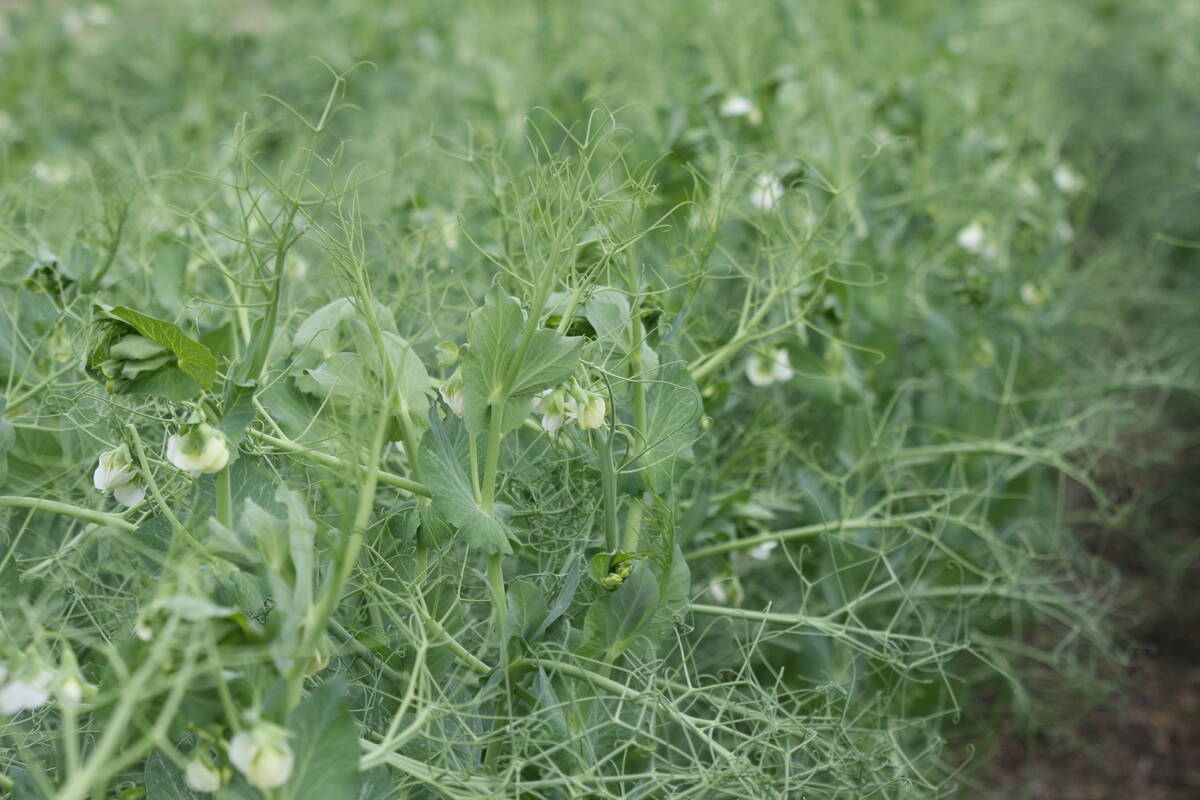The outlook for chickpeas and other pulse crops this year is more
tentative and conservative that last year.
Chickpea area surged last spring as farmers responded to strong prices.
This year, the Canadian Special Crops Association expects chickpea and
lentil area will fall, but mustard, dry bean and canaryseed acres will
rise.
Francois Catellier, CSCA executive director, told the Canadian Wheat
Board’s Grain World conference that pessimism about price prospects is
hurting chickpea acreage. Also, widespead drought means many farmers
Read Also

Russian pulse trouble reports denied
Russia’s pulse crop will be larger than last year, which won’t help prices rally from their doldrums.
will get below average yields.
Catellier based his acreage estimates on a survey by association
members, his yield expectations on fall moisture maps, and his price
forecasts on Agriculture Canada’s estimates.
He cautioned that acreage and yield outlooks depend on spring weather.
Continuing drought would cut into the acres seeded. Wetter weather
would raise yield potentials.
Catellier’s forecasts were based on the assumption that spring weather
will be normal.
Dry peas
Dry pea acres should increase by a modest five percent.
Yields should be about 80 percent of the long-term average because soil
moisture reserves are low. Peas are efficient water users and tend to
be grown in areas that got more moisture, such as eastern Saskatchewan
and Manitoba.
Total production should be 2.9 million tonnes, compared to 2.2 million
tonnes last summer.
Farmers should receive $135 to $165 per tonne.
The human food market is still too small to take all peas, so some will
have to be sold as animal feed for about $4 per bushel.
Lentils
Lentil area should drop by about four percent from last year’s 1.7
million acres.
Yields should only be about 75 percent of normal. The crop is grown in
some of the driest regions of the Prairies.
The Indian crop is having problems that, if they persist, could create
demand for Laird lentils.
But the Turkish red lentil crop looks good, which may affect export
sales.
The anticipated price for lentils is $290 to $320 per tonne.
Chickpeas
Acres are expected to fall by about 10 percent.
Dry soils mean that even with average spring and summer rainfall,
yields will be only 75 percent of average, producing a 450,000 tonne
crop compared to the estimated 465,000 tonnes grown last summer.
India’s crop is beset by dryness, which could produce a good market for
desi chickpeas.
Turkey has good crop prospects and could be a competitor.
Farmers should receive $360 to $390 per tonne for chickpeas.
Dry beans
Dry bean area will jump by 41 percent from last summer’s 378,000 acres.
Yields will meet the long-term average because the dry bean area is not
expected to suffer from drought. The crop is grown in irrigated areas
in Alberta and Saskatchewan, and in the Red River valley where soils
are wetter than average. That should produce a crop of 370,000 tonnes.
With average yields and larger acreage, stocks should rebuild.
Prices should range from $595 to $625 per tonne.

















